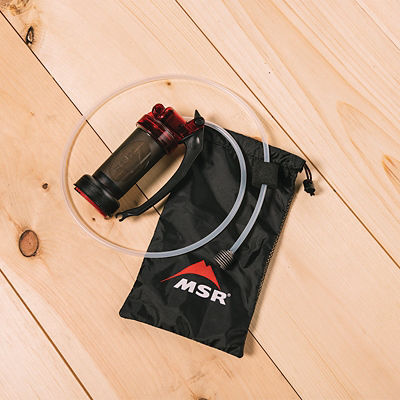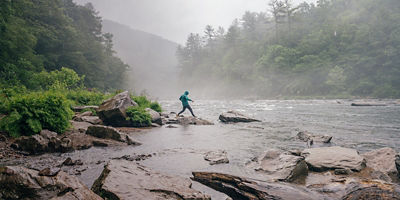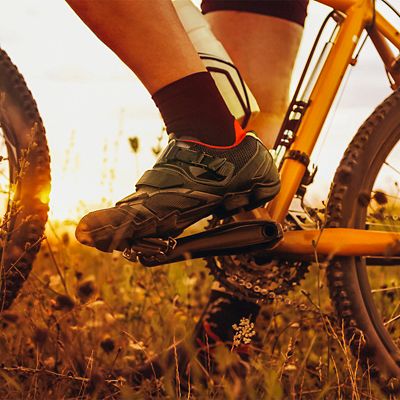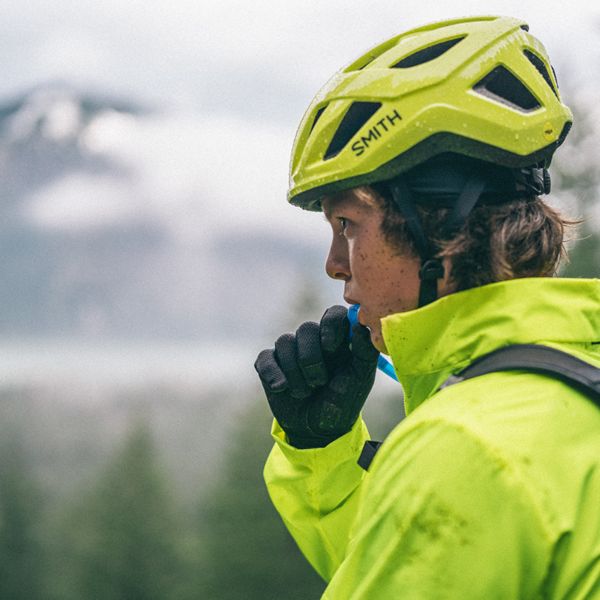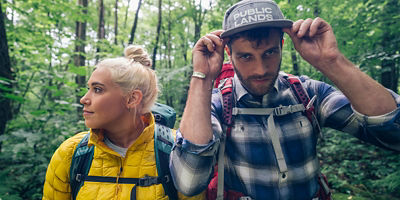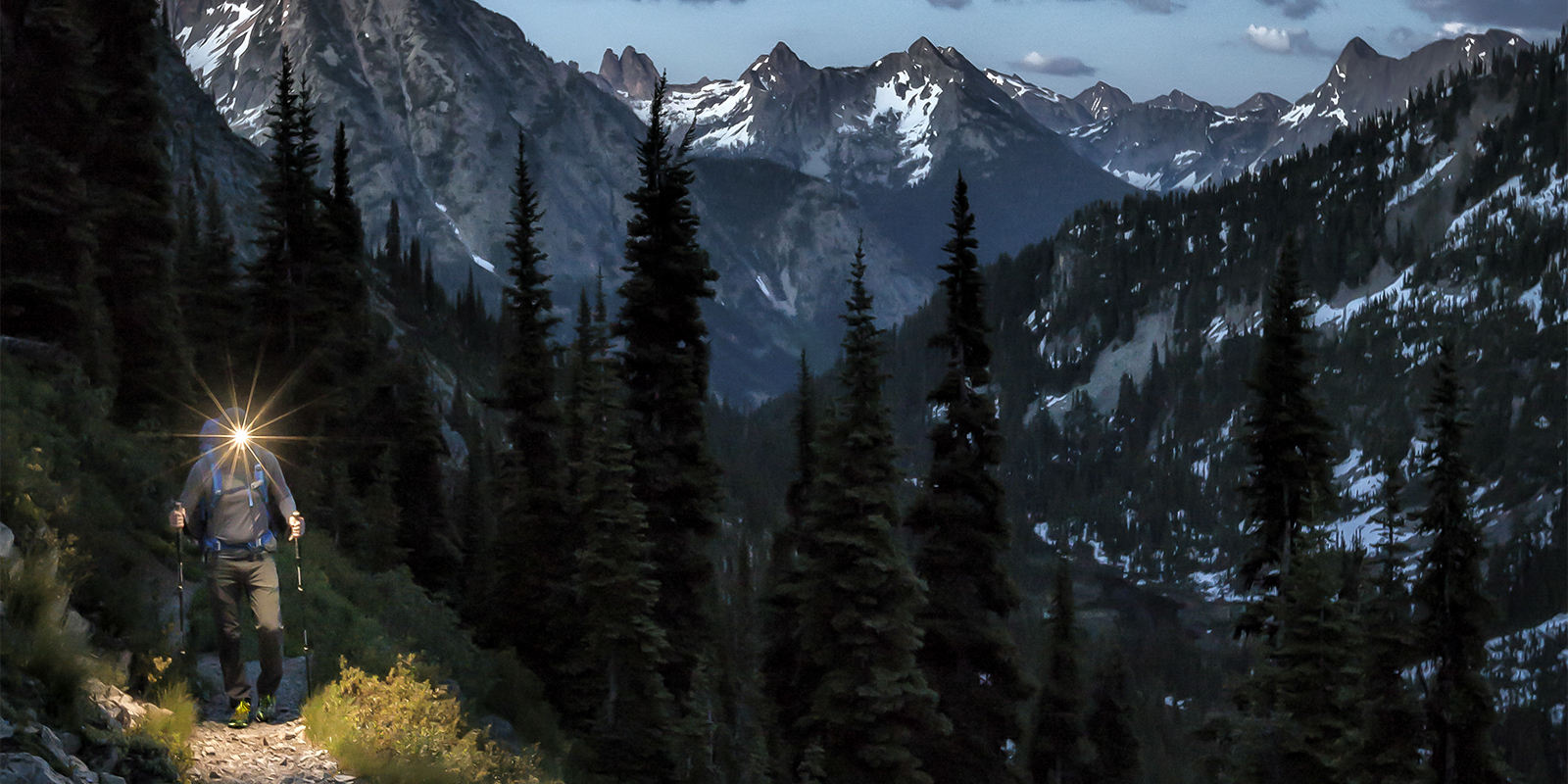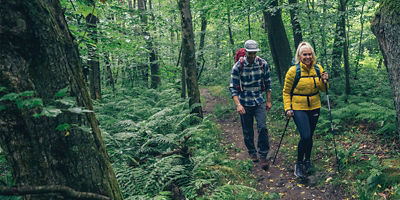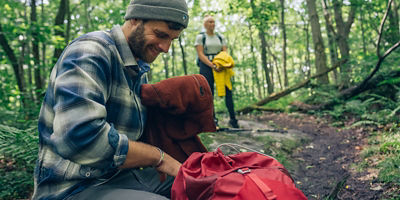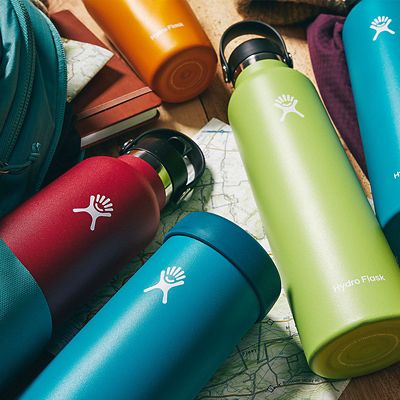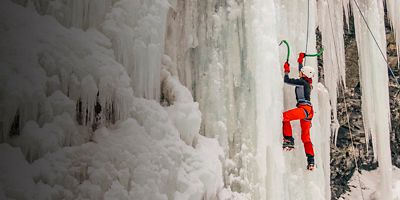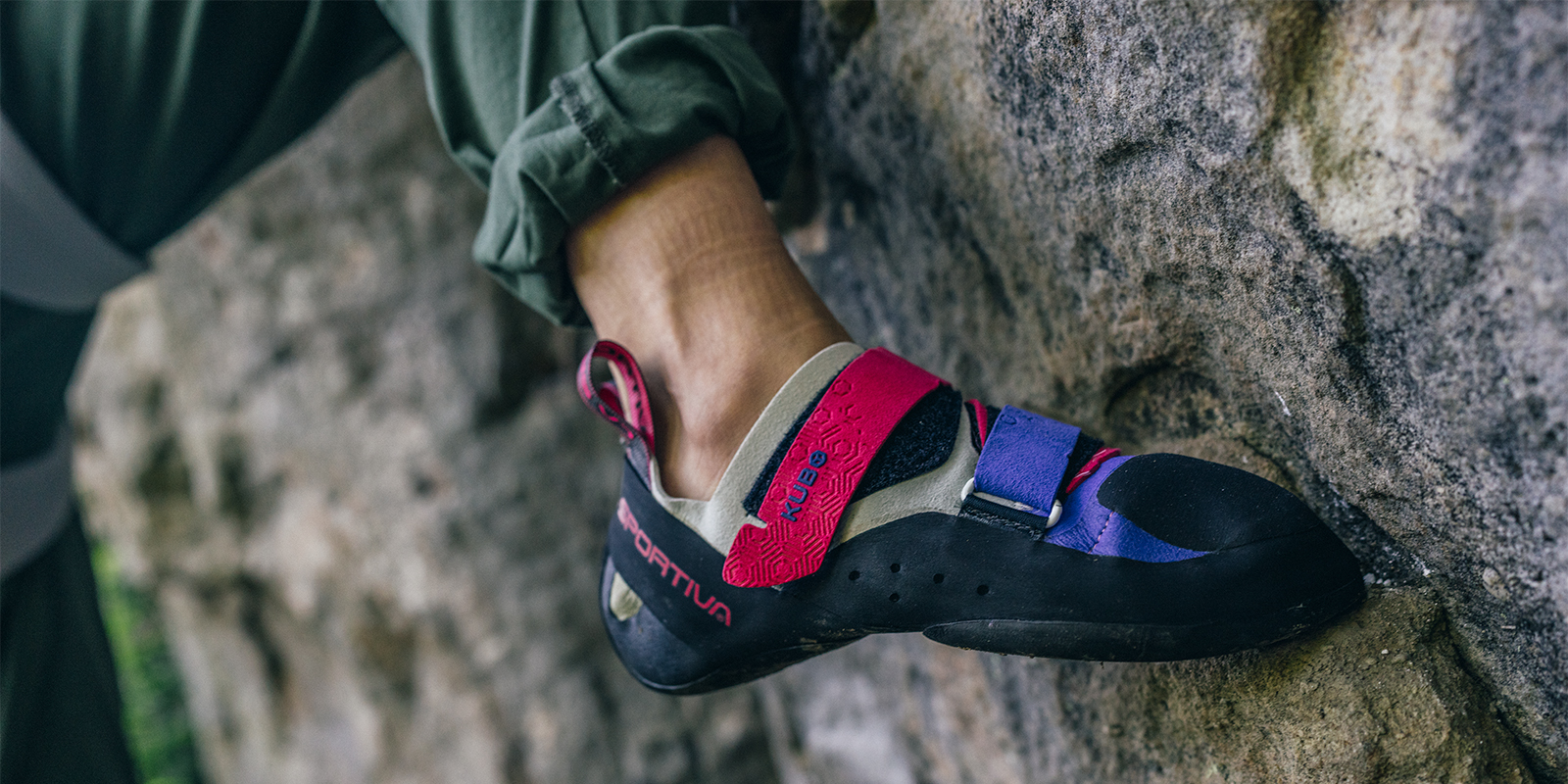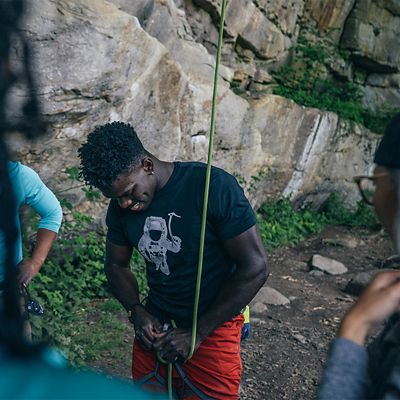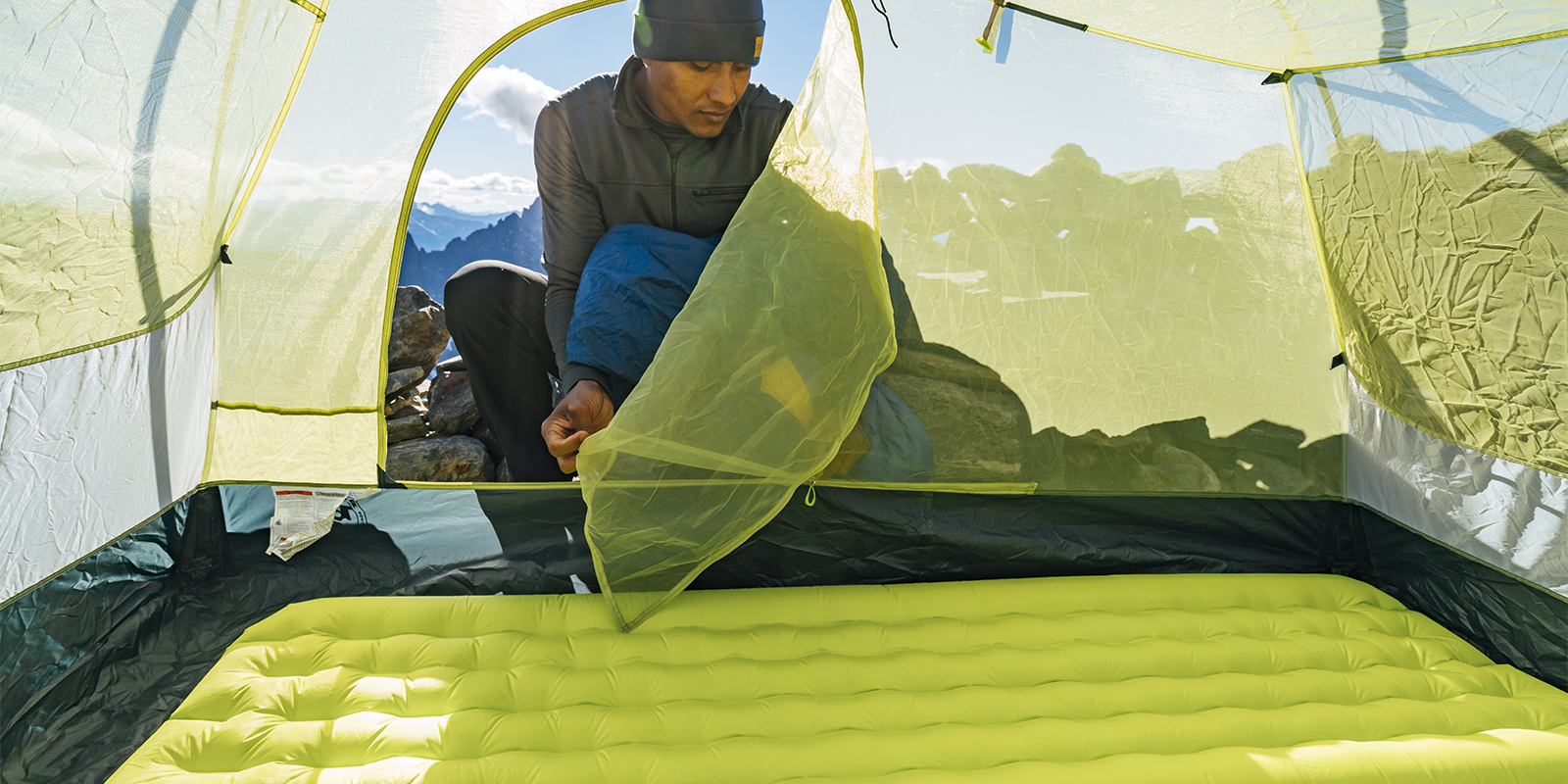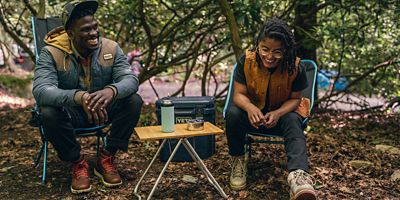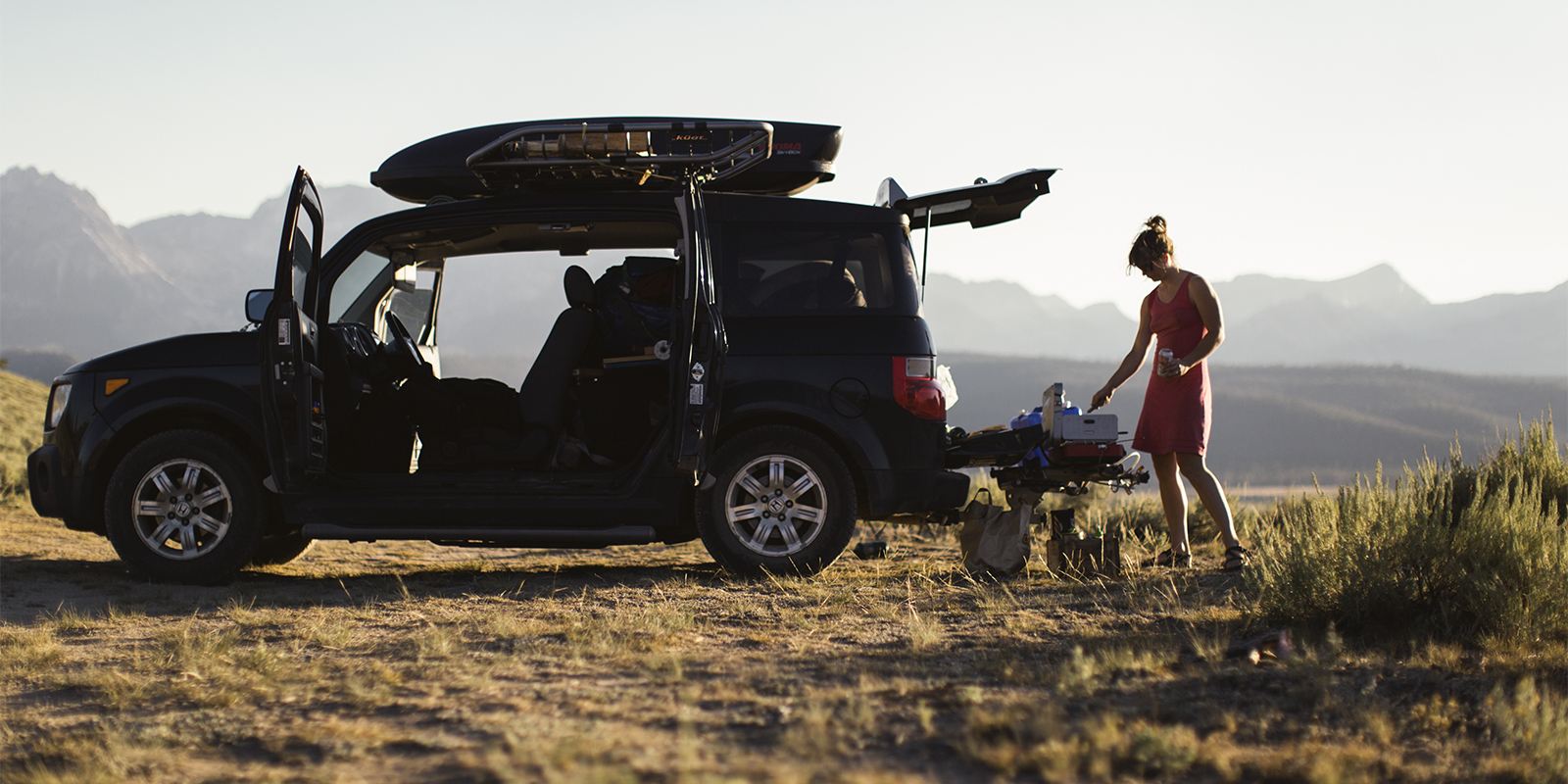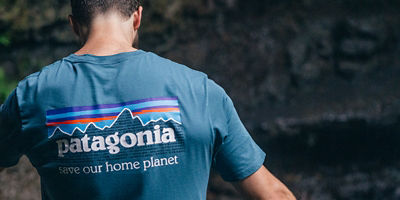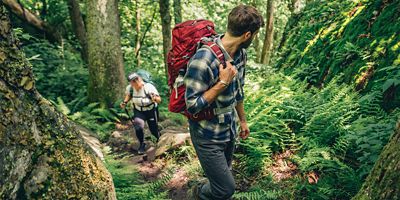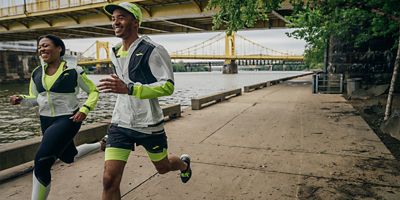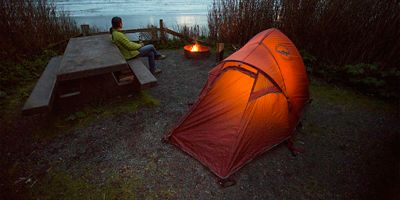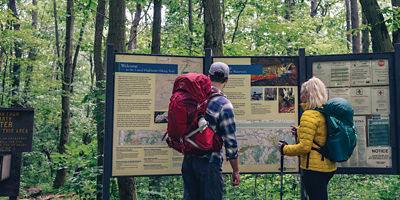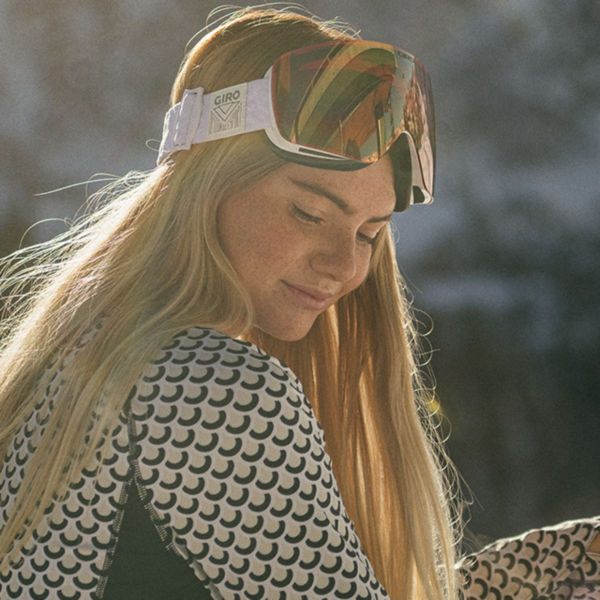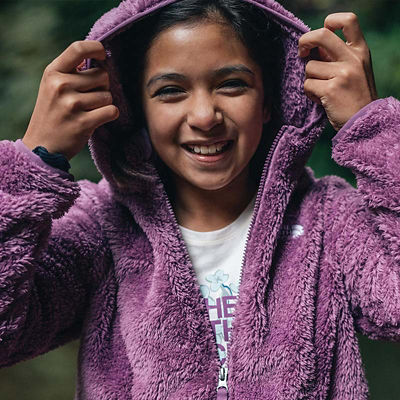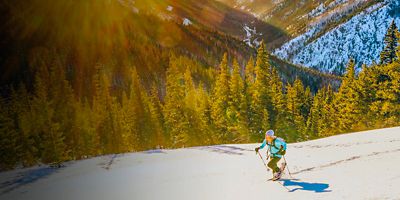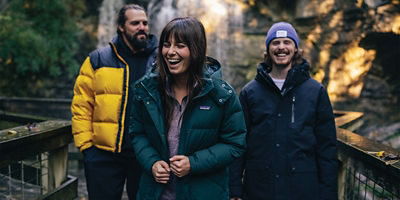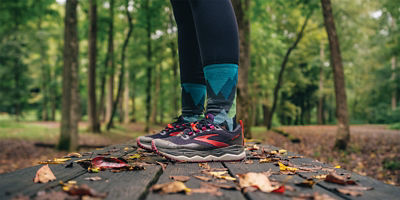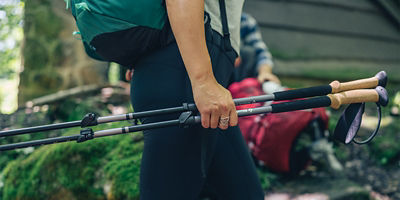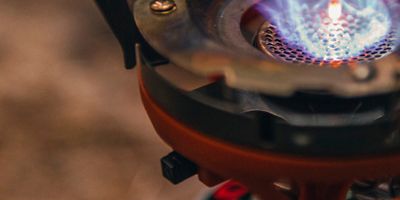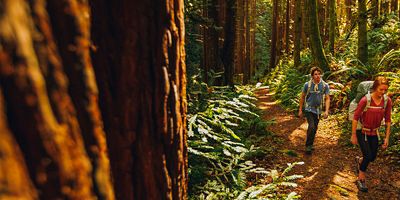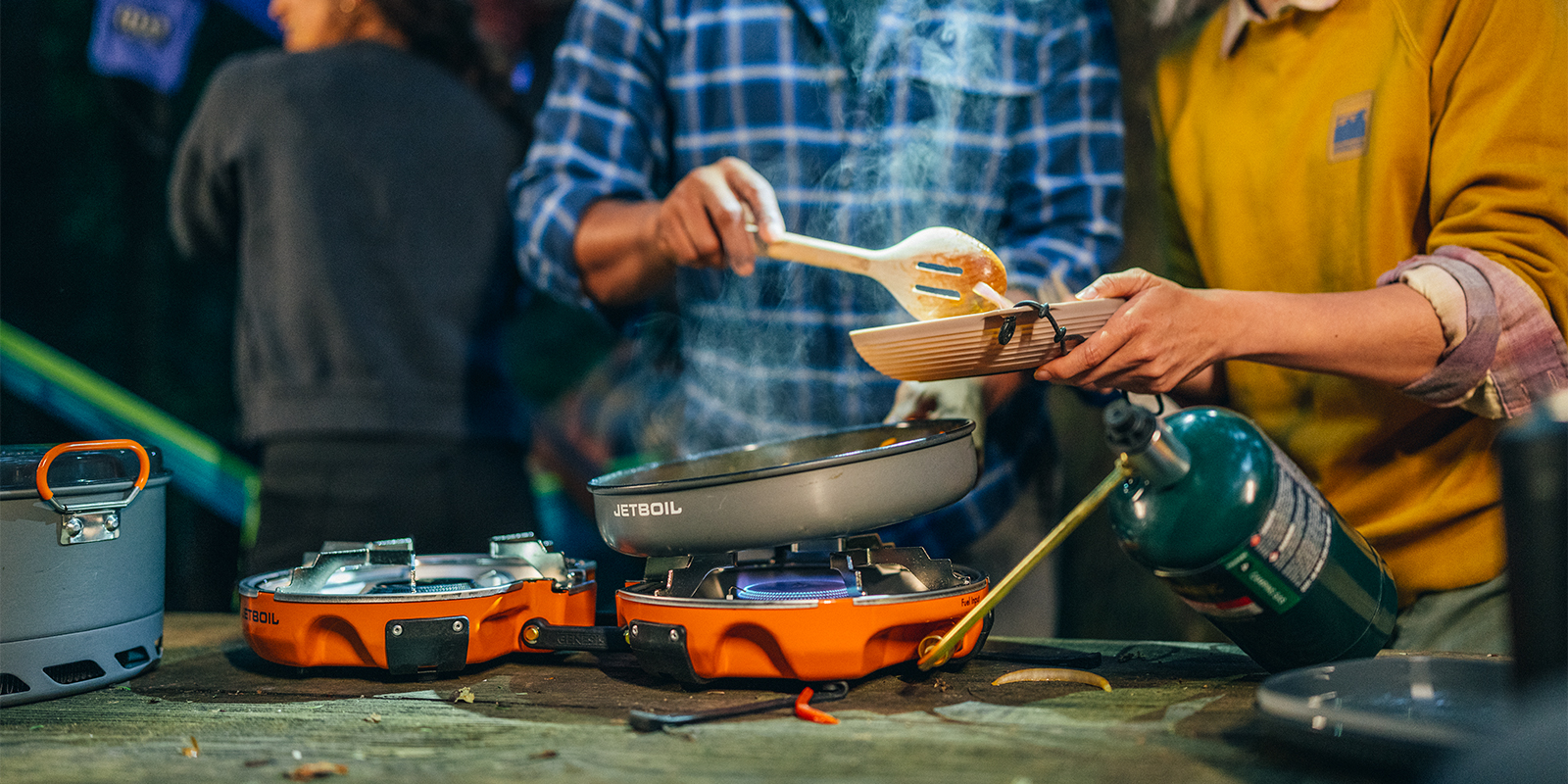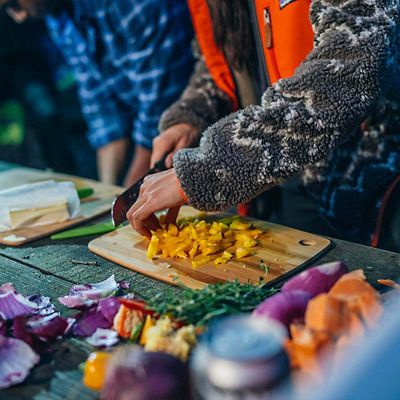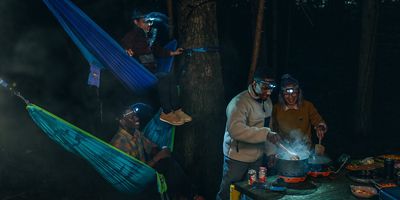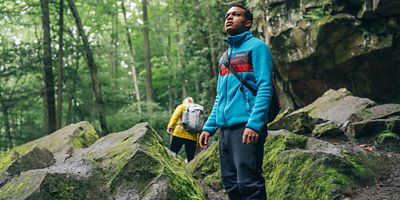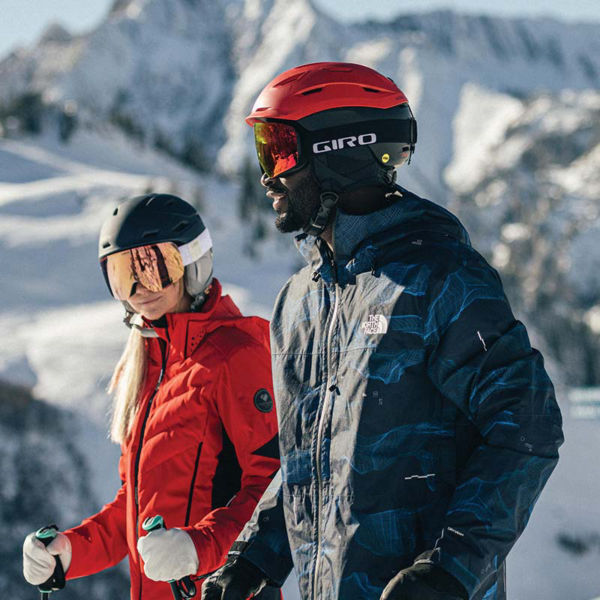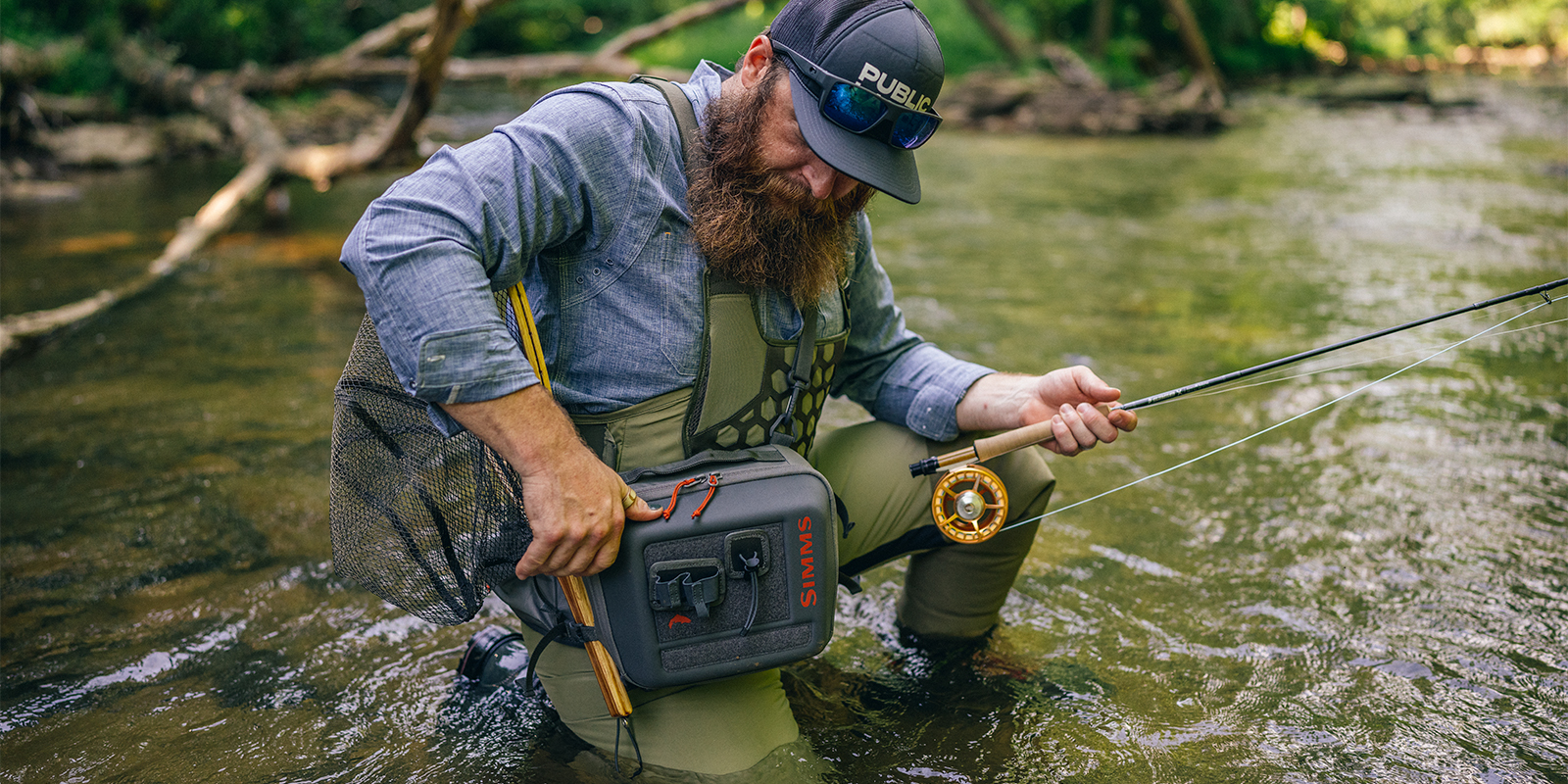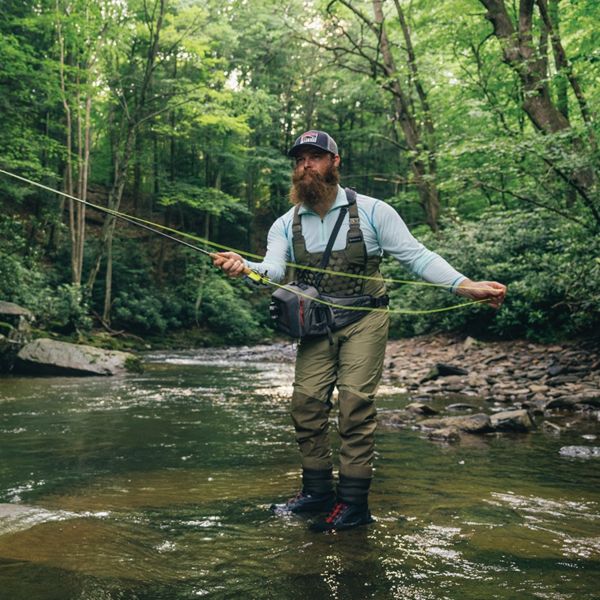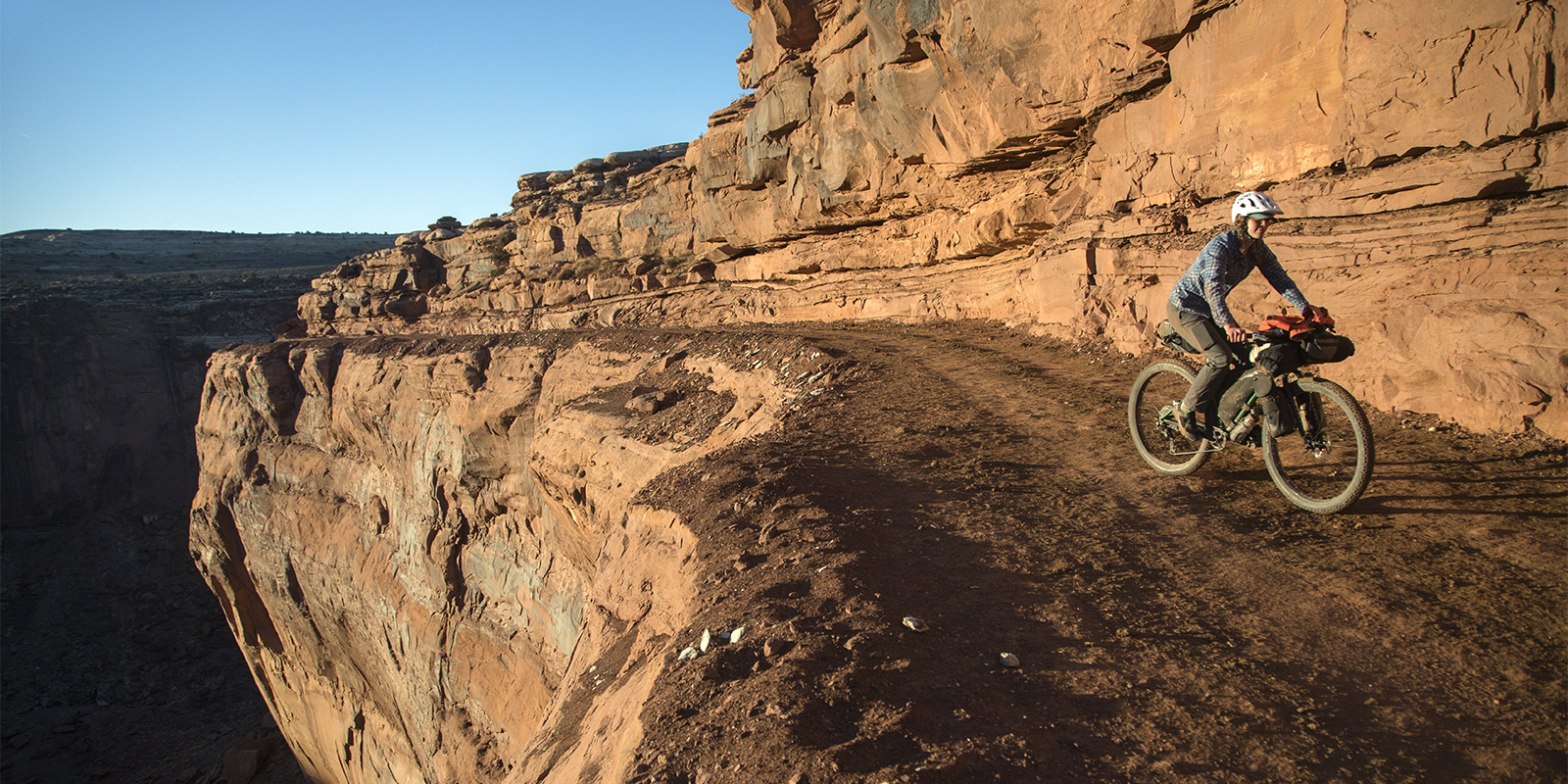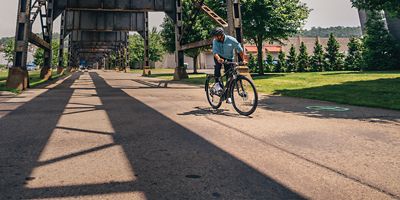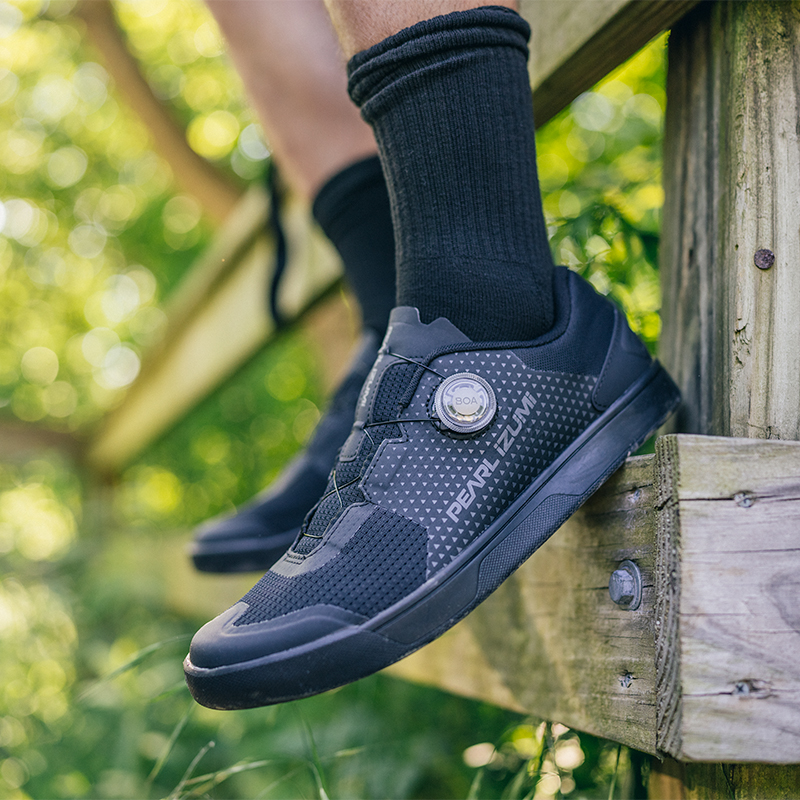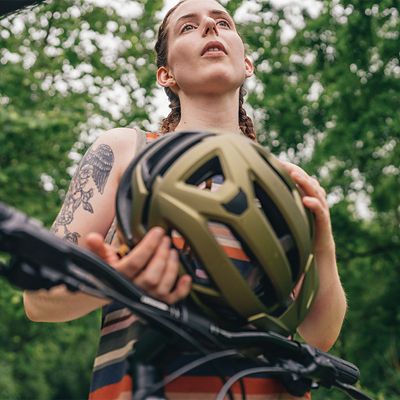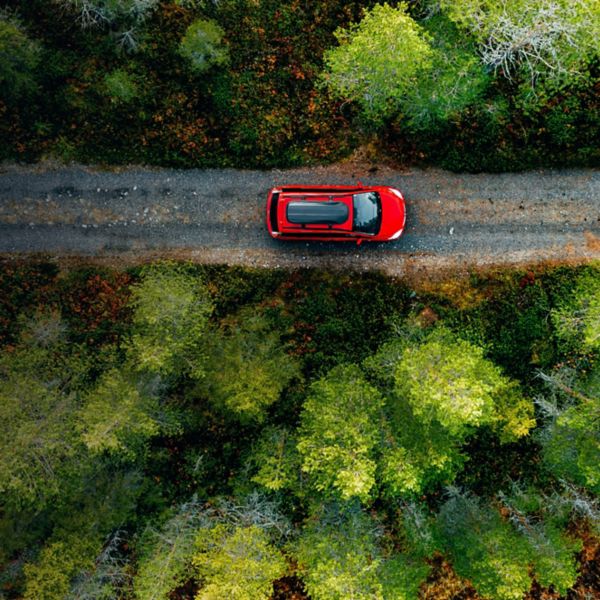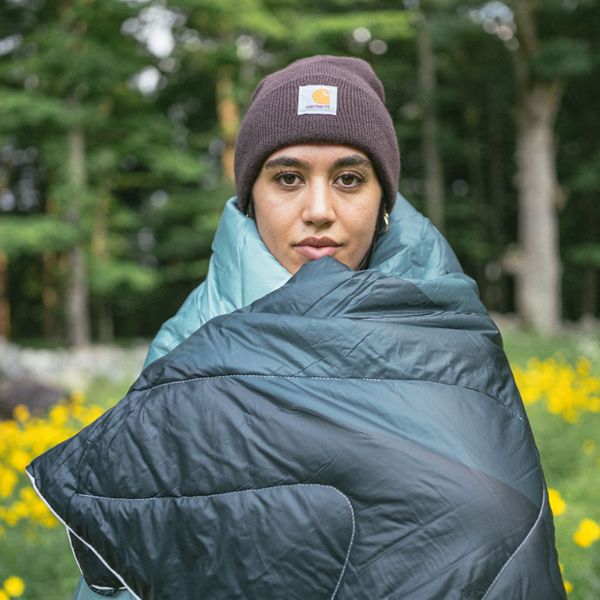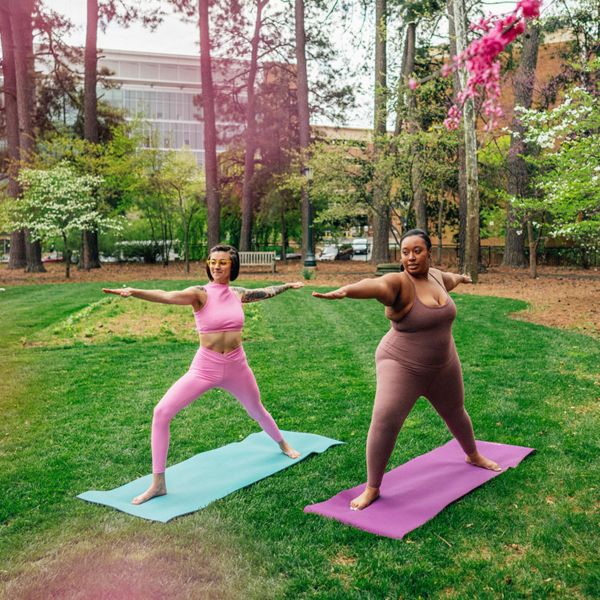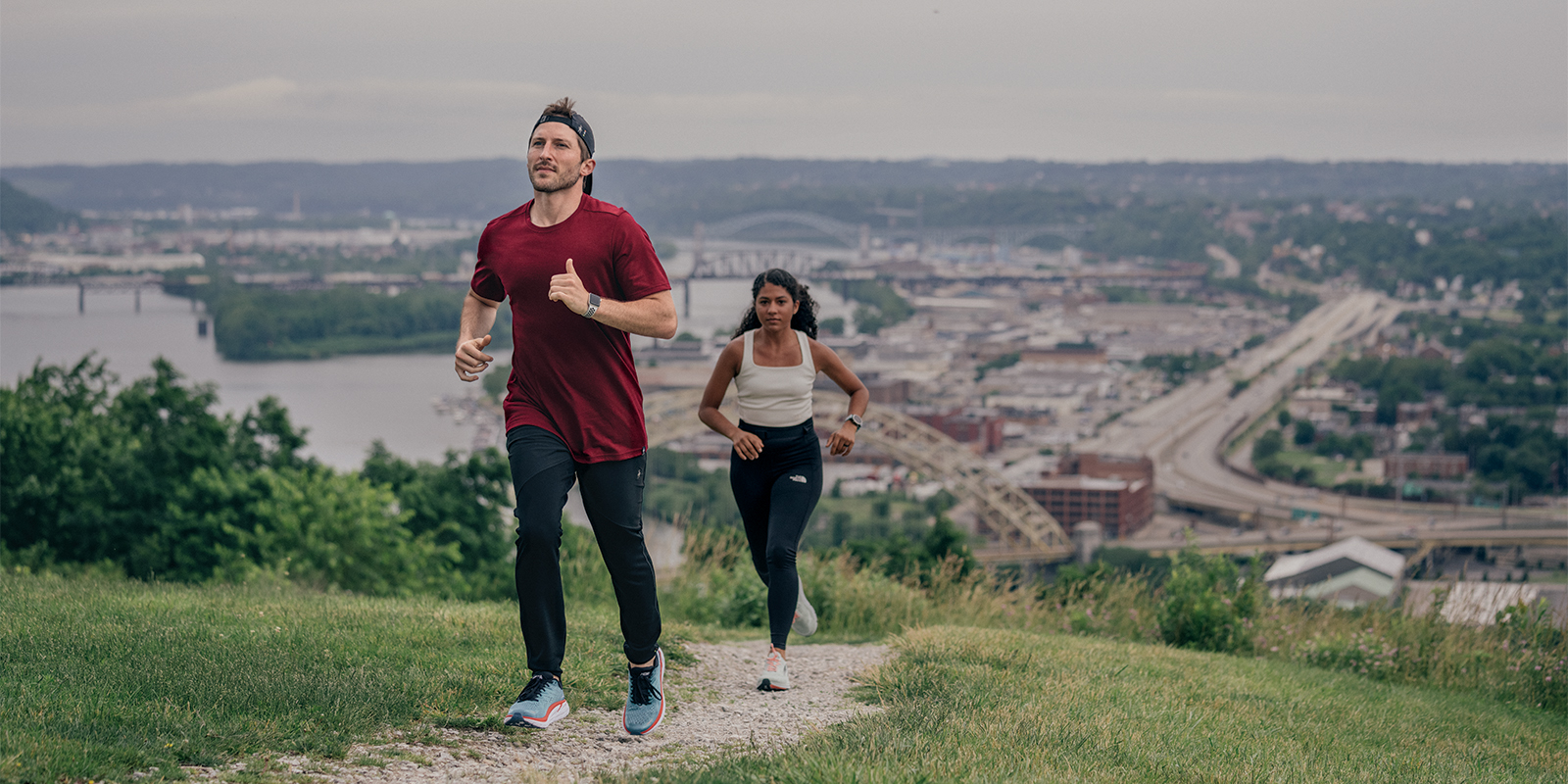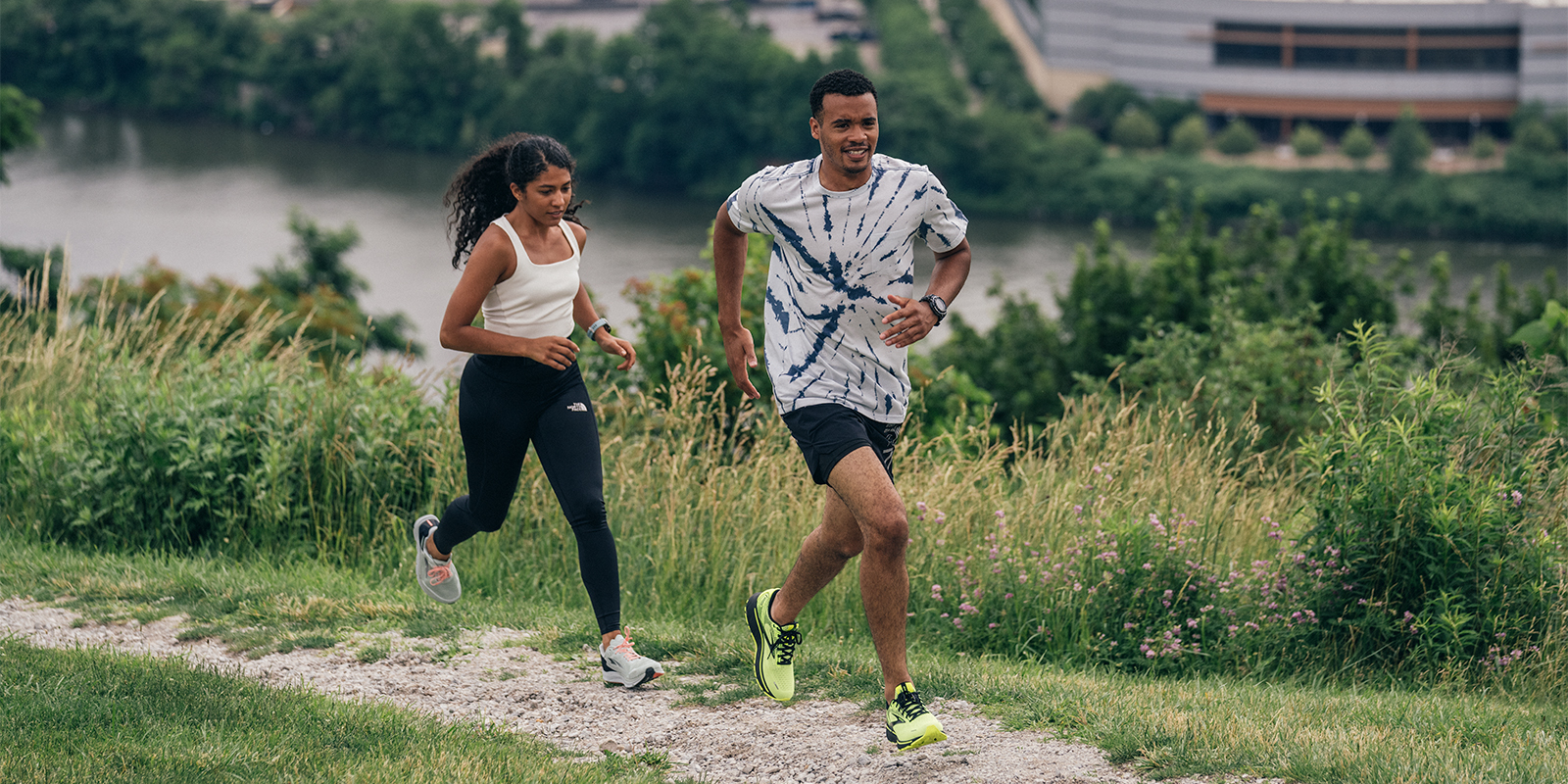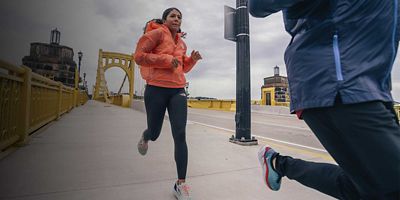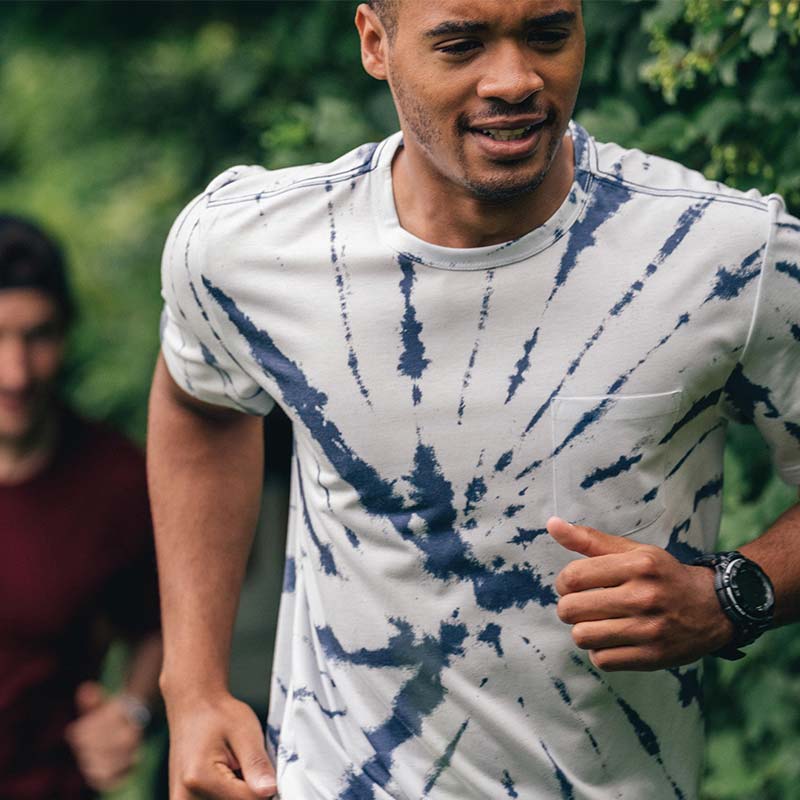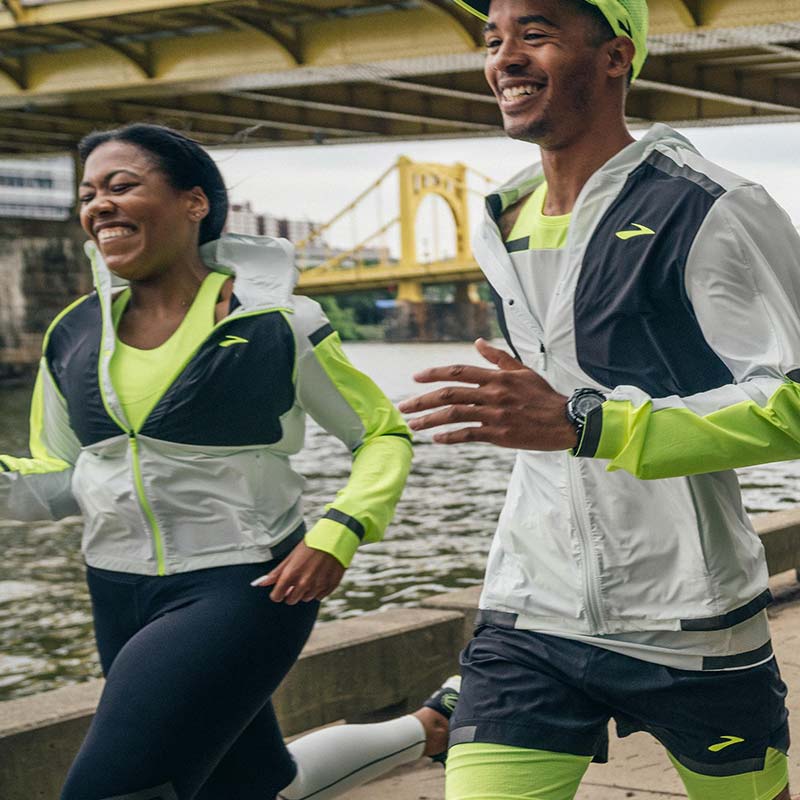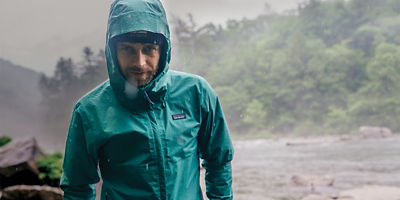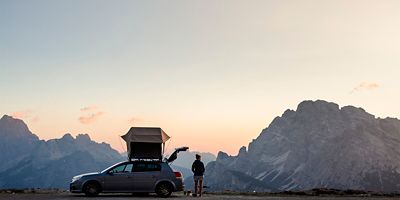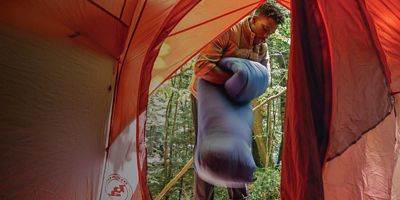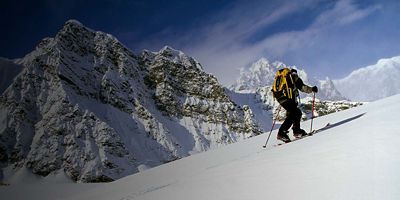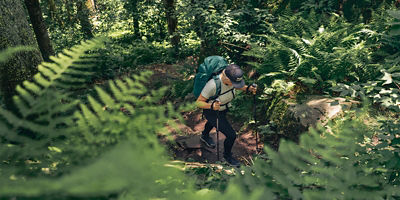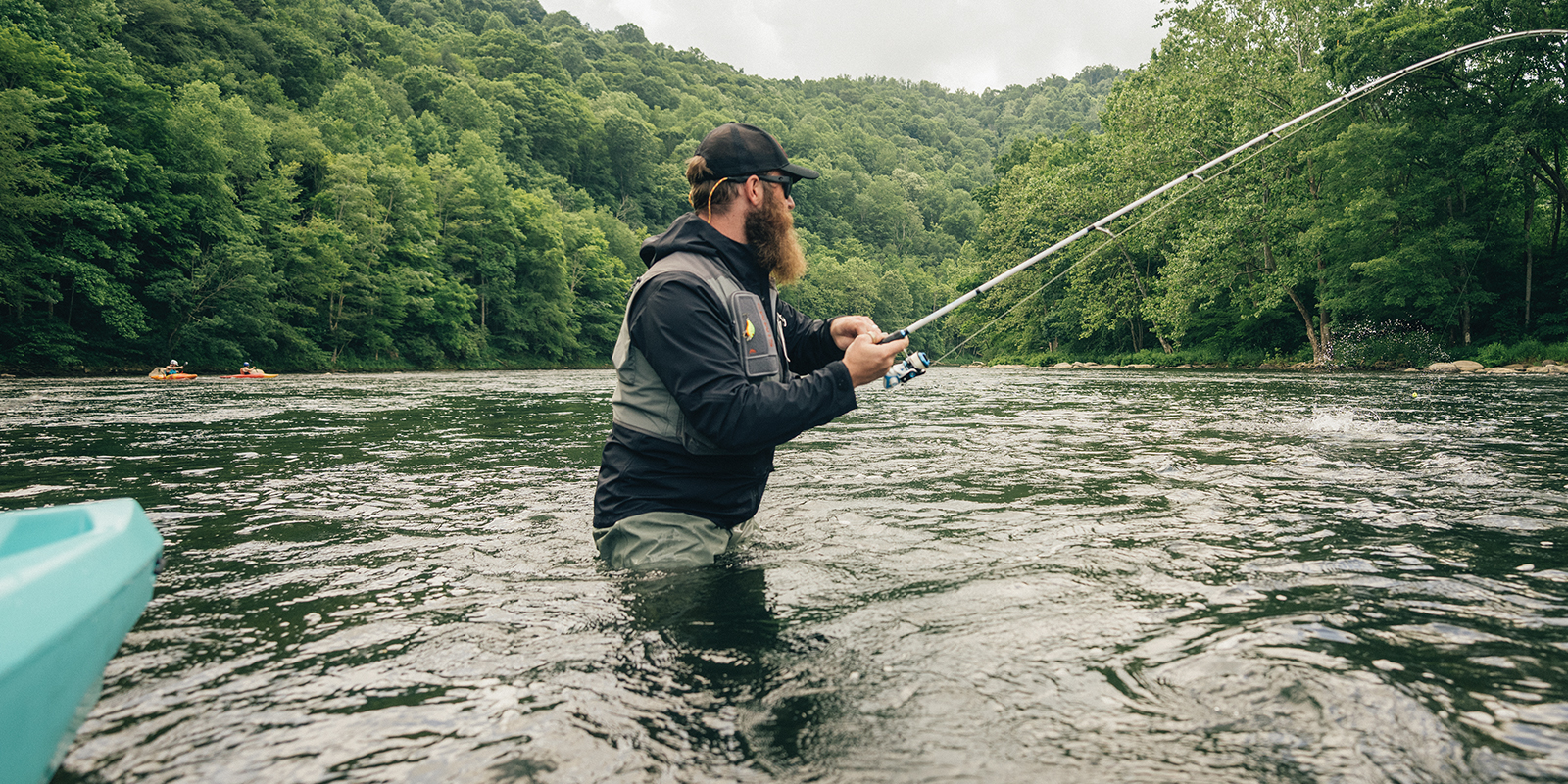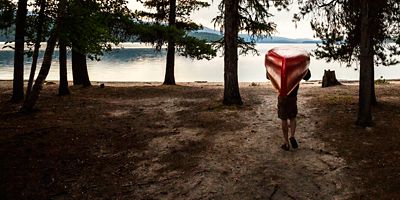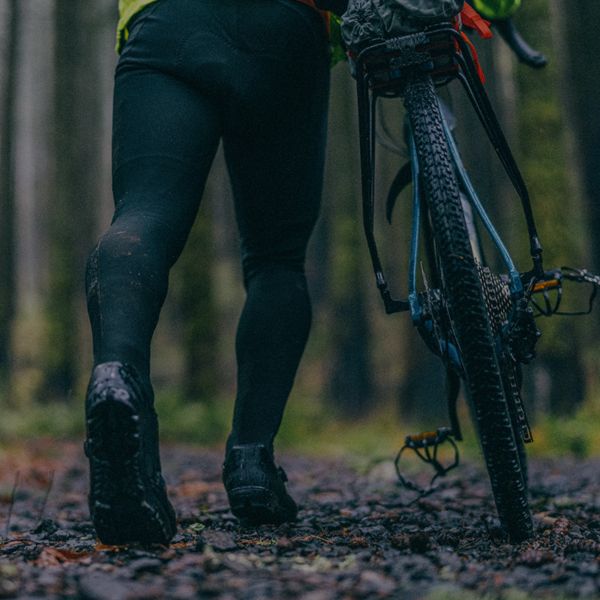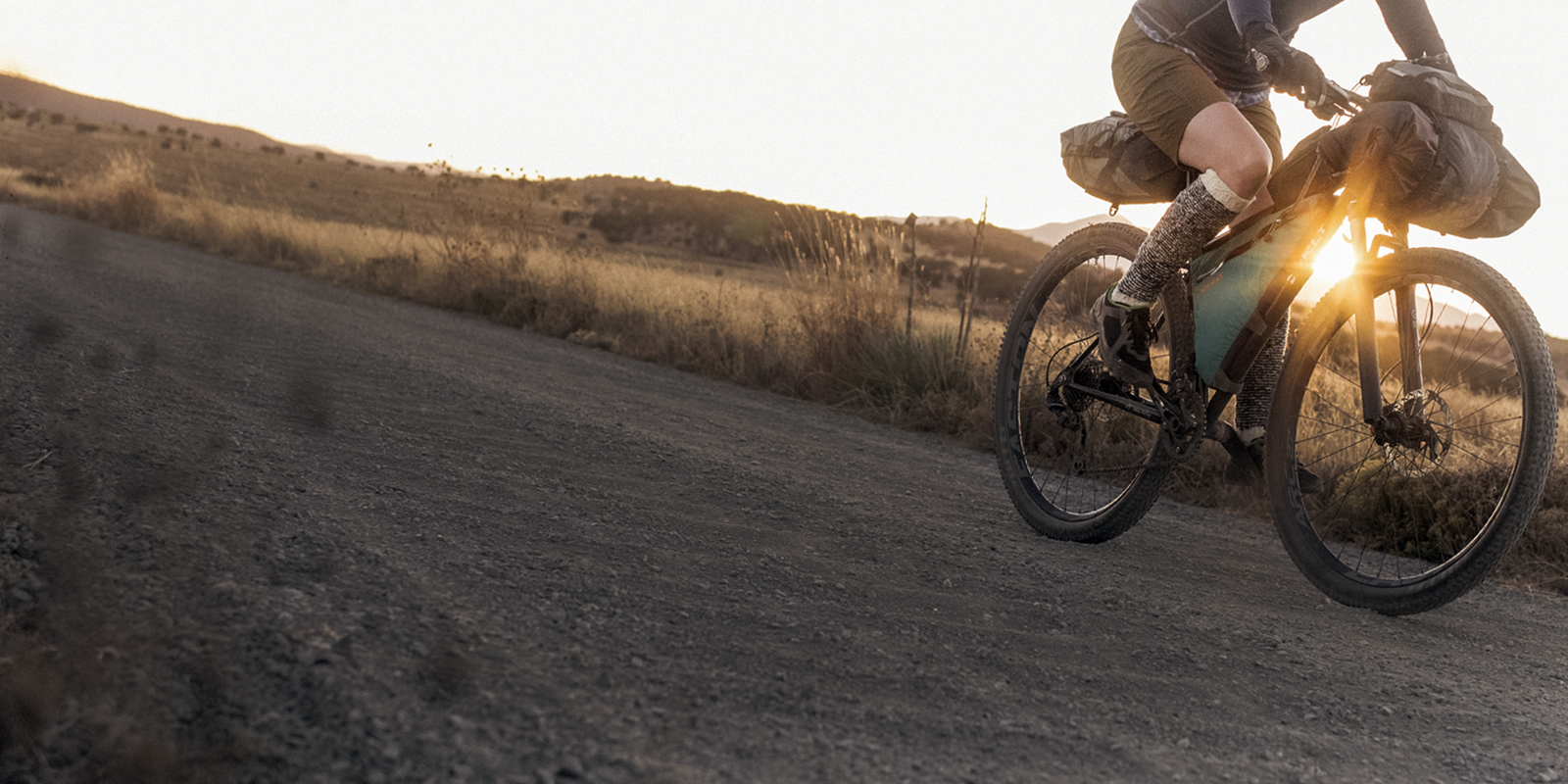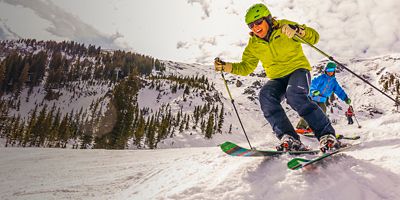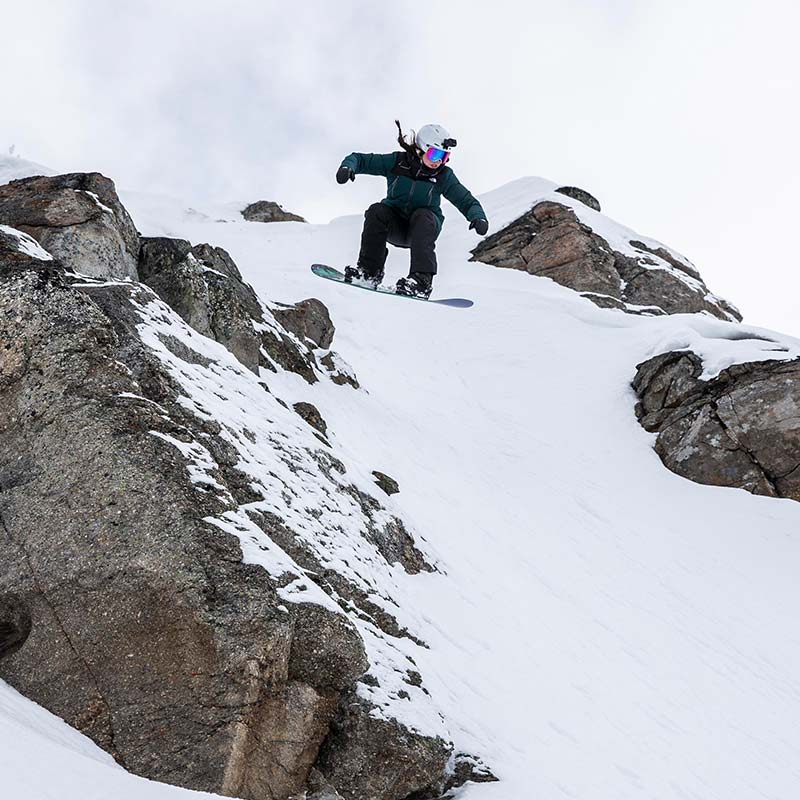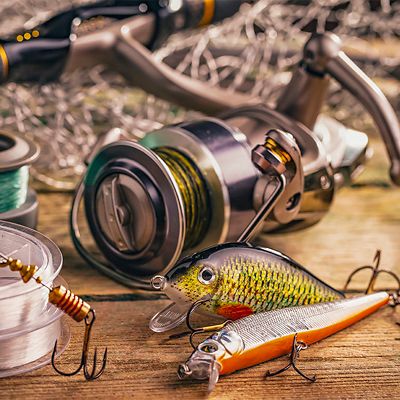
Intrigued by the prospect of cutting your pack weight, sleeping warmer, and getting closer to nature? Trading your tent for a bivy sack might be the right move for you. Bivy—short for bivouac—sacks are ultralight shelters that range from emergency sleeping bag covers to weatherproof, one-person homes away from home. Here’s how to know if a bivy will work for you and, if so, how to choose the best one.
In this article, you’ll learn:
- What to expect from a bivy sack
- What activities and camping personalities are best suited to bivy sacks
- The pros and cons of sleeping in a bivy
- How to choose among different bivy styles, sizes, degrees of weather protection, and features
What exactly is a bivy sack?
A bivy is, essentially, a protective cover for your sleeping bag; slide it on, then climb inside and catch some Z’s. The simplest ones are just sacks that slide over your bag, adding emergency shelter from the elements, while the fancier ones have a bit of structure and headroom. They typically have a durable, waterproof floor and a lighter, water-resistant or waterproof fabric over the top to keep precipitation out while letting some body heat escape.
Who needs a bivy sack?
These minimalist shelters tend to be popular with anyone who wants to drastically cut pack weight: Think big-wall climbers, ultralight solo backpackers, bikepackers, and mountaineers who want to move fast and light in the high elevations. Some people pack simple bivy sacks as emergency insurance in case they’re stuck out on an unplanned overnight, while others happily camp in higher-end versions for weeks on end. Could one be right for you? Consider the pros and cons.
Pros
First and foremost, bivy sacks are very lightweight—between about 6 ounces to a shade over a pound. They pack down very small. They also add a few degrees of warmth to your sleeping bag, are very easy and quick to set up, and they let you camp in small, narrow spots (like rocky outcroppings or thick forests) where a tent wouldn’t fit. And devotees love that they make you feel more connected to nature; sleeping in one is the next best thing to sleeping under the stars, immersed in your surroundings.
Cons
Bivy sacks are so light and packable because they’re very small, which can make some people feel claustrophobic. And they have varying degrees of breathability, so you might end up dripping with your own condensation. Bivy sacks are truly just for sleeping: You won’t have any room to change clothes, read, or store gear. This can be a huge drawback in foul weather, making you wish you had a tent to hang out in while a storm batters you as you lie inside a bivy.
Interested, but concerned about staying dry and comfortable? Some campers swear by a bivy sack paired with a tarp for extra weather protection and venting options without adding much more weight.


